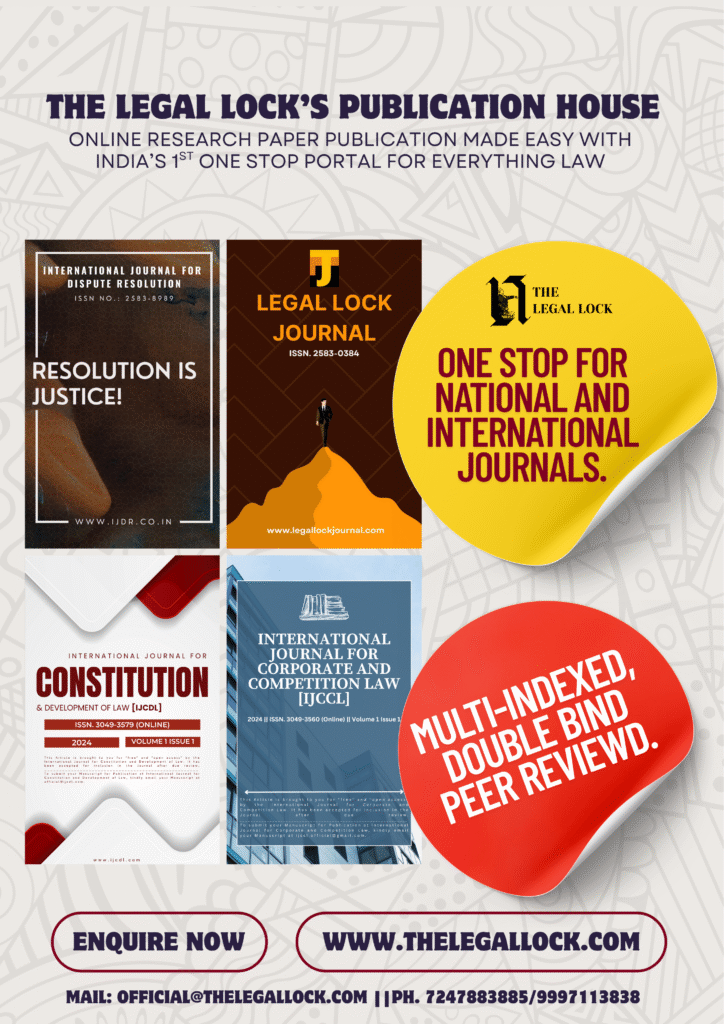Narmada Bachao Andolan vs Union of India & Ors.

Case Commentary: Narmada Bachao Andolan vs Union of India & Ors.
Introduction
The damming of the Narmada has been loaded with discussion and extended political moving. It’s anything but an antagonistic subject, and nobody can absolutely state which side of the contention is the most fitting.
The development versus manageability banter is worked out for this situation in manners that the Indian socio-political and legitimate scene has never seen. With the appearance of Public Interest Litigation and electronic media during the 1990s, the public conversation over the Sardar Sarovar project arrived at a peak with this decision and the debate encompassing it.
Nonetheless, I am needed to comment on two significant focuses raised by the decision. I would start by tending to the question the decision tended to and settled: that of the Rehabilitation measures and the enactment encompassing Article 21, especially with regards to this case, where the outsees and Project Affected Persons (PAP) are basically STs.
In such manner, it is important that, in view of the catena of Supreme Court choices, this is one of only a handful few occasions in which the Supreme Court digressed from the set-up way, the Supreme Court’s overall pattern of enthusiastically shielding the impede d’s motivation (in any event, sitting above some procedural breaches), and the Supreme Court’s support of the prudent guideline.
Maybe than that, we witness a mind-boggling obligation to “public interest” and the conviction that the dam’s development, which will bring about the migration of thousands of individuals, should be allowed for everyone’s benefit.
It is unprecedented for the Supreme Court to embrace a more utilitarian viewpoint of an ecological PIL; henceforth, it is my aim to address this point. Be that as it may, an expansive audit of the choice overall is led first.
Background and Facts of the case
India acquired autonomy on August fifteenth, 1947, obviously. Following autonomy, India entered another age under the administration and course of Jawaharlal Nehru, who was delegated Prime Minister of India at that point.
Various examination was directed to decide the most ideal approach to deal with the Narmada stream, which went through the territories of Gujarat, Madhya Pradesh, and Maharashtra prior to exhausting into the Arabian Sea.
The state was entangled in an argument about water appropriation. On October 6, 1969, the Narmada Water Conflicts Tribunal was set up to determine the following debates. As per the Government of India’s guidelines, the council examined the worries and, following a protracted ten-year examination, revealed back to the public authority with its significant discoveries.
The council supported the structure of 30 huge, 135 medium, and 3000 little dams, just as the rise of the Sardar Sarovar Dam. The choice depended on the reason that when these undertakings are finished, forty million individuals will profit with further developed water system and more energy.
Medha Patkar and her partners visited the dam’s building site in 1985 in the wake of finding out about it. Following the visit, Medha Patkar and her associates acquired an exhaustive comprehension of what was happening for the sake of the Sardar Sarovar Dam building.
Individuals, essentially Adivasis, were informed that they required just to move from their present area and that they would be furnished with enough offices in their new area, yet the truth was very different. Individuals, or adivasis, were constrained to relocate or resettle in any event, when resettlement techniques were not finished by government.
The occupants previously relocated, in any event, getting back to the waterway banks now and again because of less useful land or grain deficiencies. Hence, on April 2, 1992, these fights were formalized, and individuals started fighting in Manibeli town, eight kilometers from the Sardar Sarovar Dam, where they made a solemn vow that regardless of whether the floods came after us, we are ready to retaliate.
Humiliated by the general population’s inclination for suffocating rather settling down, Operation Manibeli was made. Many cops were dispatched to Manibeli town to help inhabitants in escaping the flood zone.
They had the option to move 13 families out of the flood zone utilizing dangers and expanded impetuses. Nonetheless, most of the town promised to remain.
Writ Petition
The Narmada Bachao Andolan (NBA), a non-legislative association that has been in the front line of the resistance to the development of the Sardar Sarovar Dam, recorded a writ case with this Court raising various concerns, including help and recovery.
A complaint was brought under the watchful eye of this Court about the province of Madhya Pradesh’s demeanor in endeavoring to sidestep its obligations to give rehabilitative administrations to the ousters by giving them financial pay.
Also, it was contended that on the grounds that no proposition had been made to migrate those affected at 90 meters of the dam’s tallness in the province of Madhya Pradesh, further structure ought to be restricted until one year following the movement of these venture influenced families (PAF) at 90 meters.
Judgement
Three-judge board This court’s seat, in Narmada Bachao Andolan Vs Union of India and Others [(2000 10 SCC 664], excused the writ suit subsequent to giving a few guidelines.
The court finished up, bury alia, that:
- (i) migration of ancestral and different people would not comprise an infringement of their crucial or different rights;
- (ii) upon restoration in new areas, they would be in an ideal situation than they were;
- (iii) upon recovery in new areas, they would have more and preferable conveniences over they had in their villas; and
- (iv) upon continuous digestion.
Status at present
The Supreme Court endorsed the structure of the Sardar Sarovar Dam in October 2000. The court requested that the dam’s tallness be expanded to 90 meters. This is far higher than the 88 m looked for by hostile to dam campaigners, yet lower than the planned 130 m.
Following the Supreme Court’s choice, the Gujarat government has started work on the dam’s development. As the World Bank stopped financing the task in 1993, the undertaking is at present financed generally by means of state governments and market borrowings.
Presently, the task is expected to be done in its entire by 2025.
Conclusion
The Narmada Bachao Andolan case totally astonished the Apex Court’s common freedoms and common freedoms specialists. For perhaps the first run through in a particularly huge decision, the Court accepted the State’s level headed to continue with a significant foundation project that would bring about huge number of individuals being dislodged.
This decision will have expansive ramifications. It’s anything but a generally vigorous assortment of ecological enactment and major teaching that the Supreme Court painstakingly worked since the mid-1980s. The State has expanded in strength and presently has a Supreme Court judgment that might be utilized to legitimize more noteworthy framework speculations, while compassionate help measures have been significantly slackened.
With connection to the Sardar Sarovar Project, further claims expanded and fixed assessment of help and recovery endeavours, however the task was postponed, and the main period of the venture in the long run got functional in June 2006. It has a limit of 5,800,000,000 cubic meters and a tallness of 453 feet. 28. 70000 people, fundamentally in Gujarat, were dislodged and moved.










